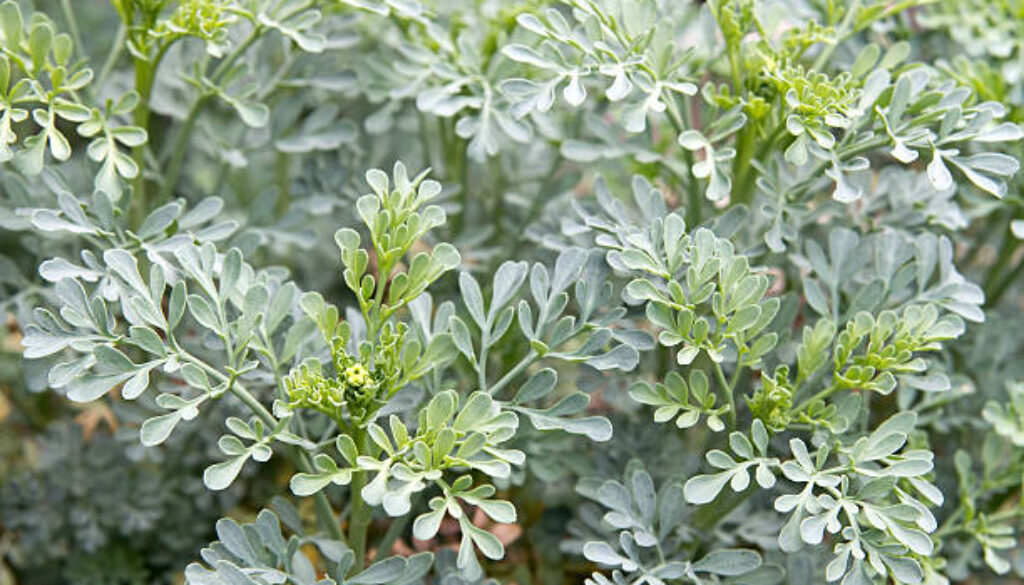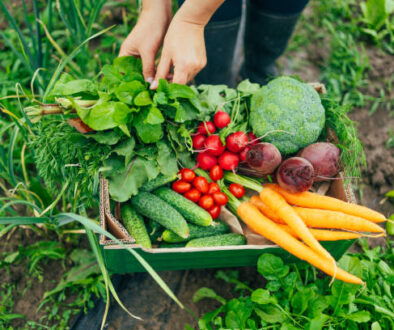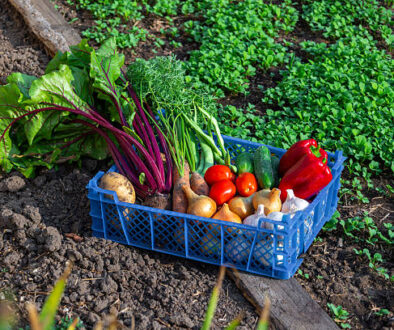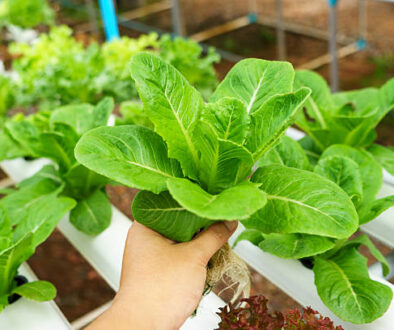The Most Important Plants That Are Probably Missing From Your Backyard (Medicinal Plants)
This post may contain paid and/or affiliate links. I may earn a small commission at no extra cost to you.
Have you ever looked at your backyard and thought it could be more than just grass and flowers?
The truth is, many of us are missing out on the incredible benefits of growing medicinal plants right at home.
A well-planned medical garden or herbal medicine garden doesn’t just turn out beautiful, but it can also be a natural source of remedies for everyday needs.
Whether you dream of creating a healing herbs garden or expanding a medicinal herbs garden, these plants can bring health, flavor, and purpose to your backyard.
So, let’s explore the important ones you might not have planted yet.
Why Growing Medicinal Plants Matters
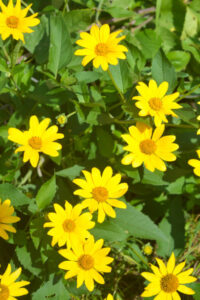
When you think about your backyard, you probably imagine a place to relax, enjoy fresh air, or maybe grow some vegetables.
But what if I told you that space could also be a source of natural remedies?
Medicinal plants have been used for centuries to treat common problems like colds, stomach upsets, stress, and skin issues.
Having them just a few steps away saves you a trip to the pharmacy, and it feels empowering to take care of your health with nature’s help.
And you don’t need a huge space or a professional garden design to get started.
Even a few pots or a small corner can become your personal herbal medicine garden.
Related:
- Why Everyone should have a medicinal garden in their backyard
- The Most Important Plants That Are Probably Missing From Your Backyard (Medicinal Plants)
- Mistakes to Avoid When Growing a Medicinal Herb Garden
Aloe Vera – The Backyard First Aid Plant
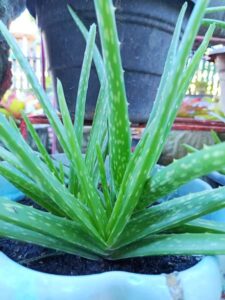
If there’s one plant that deserves a permanent spot in your yard, it’s aloe vera.
Known as nature’s first aid kit, aloe vera is easy to grow and thrives even if you forget to water it once in a while.
The gel inside its thick leaves is soothing for burns, cuts, and skin irritations.
You can simply cut a leaf, scoop out the gel, and apply it directly.
Many people also keep aloe plants indoors because they purify the air.
It’s low maintenance, good-looking, and incredibly useful.
Peppermint – A Natural Soother
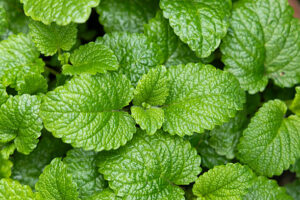
Peppermint is not only refreshing in tea, but it’s also a natural remedy for digestive problems.
A few fresh leaves steeped in hot water can calm an upset stomach, ease bloating, and even help with headaches.
The plant itself spreads quickly, so it’s better to grow it in pots to keep it under control.
Its strong scent also works as a natural insect repellent, making it a helpful companion in your backyard.
Chamomile – Calm in a Cup
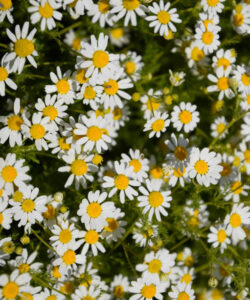
Chamomile is one of the most popular healing plants, known for its calming properties.
A warm cup of chamomile tea can help you sleep better, reduce stress, and support digestion.
The flowers are small, white, and daisy-like, giving your garden a touch of charm.
This plant loves sunshine, and once it blooms, you can easily dry the flowers to use later.
Imagine sipping tea made from your own garden whenever you need peace and relaxation; that’s the beauty of chamomile.
Echinacea – For Immune System
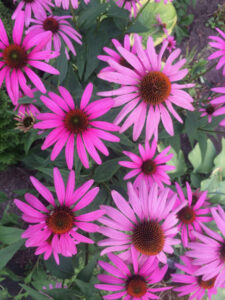
Echinacea is a powerful medicinal plant that has been used for centuries to strengthen the immune system.
It’s often taken to shorten the duration of colds and flu.
The plant itself is beautiful, with large purple-pink flowers that attract pollinators like bees and butterflies.
It’s a hardy plant that doesn’t demand much care, making it perfect for beginners.
Besides being useful, echinacea adds a splash of color to your garden, so it’s both practical and decorative.
Lemon Balm – Stress Relief
Life can get stressful, and lemon balm is one of the best plants to have around when that happens.
Its leaves have a gentle lemony scent and can be used in teas to reduce anxiety, improve sleep, and even ease mild digestive problems.
This plant grows quickly and loves sunshine.
Once established, you’ll always have a fresh supply for teas or even homemade skincare recipes.
Calendula
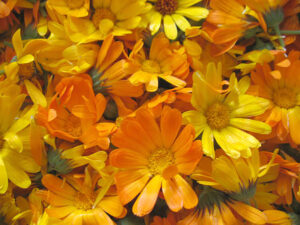
Calendula, also known as marigold, is famous for its bright orange and yellow flowers.
But beyond its beauty, calendula is a skin healer.
It can help with cuts, rashes, and dry skin when made into salves or oils.
It’s also edible, and some people use the petals to decorate salads or soups.
Calendula is a cheerful plant that offers both healing and beauty, making it a must-have for any healing herb garden.
Garlic – A Natural Protector
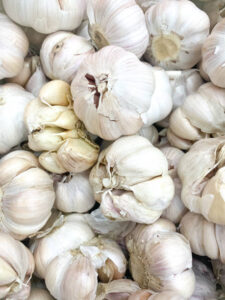
Garlic isn’t just a kitchen favorite; it’s also a powerful medicinal plant.
Known for its antibacterial and antiviral properties, garlic supports heart health and strengthens the immune system.
Planting garlic is simple: just place individual cloves in the soil and let them grow.
Not only will you have a steady supply for cooking, but you’ll also benefit from its natural healing powers.
Lavender
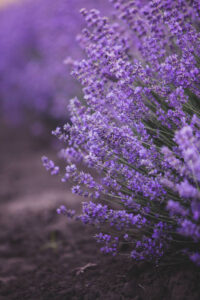
Lavender is one of those plants that does it all.
It looks beautiful, smells amazing, and has calming effects.
Lavender tea or essential oil can reduce anxiety, improve sleep, and help with headaches.
In the garden, lavender attracts pollinators and keeps certain pests away.
Plus, it’s perfect for making homemade sachets to keep your clothes smelling fresh.
Few plants combine beauty and function as well as lavender does.
Turmeric – Golden Spice of Health
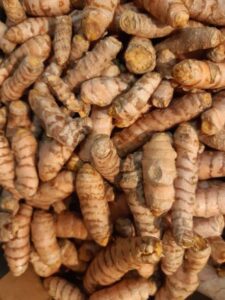
Turmeric has gained a lot of attention in recent years, and for good reason.
Its bright yellow root contains curcumin, which has strong anti-inflammatory and antioxidant properties.
Growing turmeric takes patience since it needs a warm climate and several months to mature.
But once ready, you can use it fresh or dried to add flavor and healing power to your meals.
It’s a fantastic plant if you want both culinary and medicinal benefits.
Building Your Own Medicinal Herb Garden
Now that you know about these plants, you might be wondering how to bring them all together.
Creating a medicinal herbs garden doesn’t have to be complicated.
Start small with two or three plants that match your needs—maybe aloe for skin care, peppermint for digestion, and lavender for relaxation.
Choose a sunny spot, prepare well-drained soil, and remember that most of these plants are quite forgiving.
Even if you’re new to gardening, you’ll soon see how rewarding it feels to grow your own natural remedies.
Conclusion
Your backyard has the potential to be more than just a place for flowers or grass.
With the right plants, it can become your personal source of natural healing and everyday wellness.
By adding even a few medicinal plants, you’ll enjoy not just their beauty, but also the peace of mind that comes with having natural remedies close at hand.
FAQs
- Do I need a large backyard to grow medicinal plants?
No, you don’t. Many medicinal plants grow well in pots and containers, so even a small balcony or patio can host a healing herbs garden. - Are these plants safe to use for everyone?
Most are safe for everyday use, but it’s always best to do a little research or consult a healthcare professional, especially if you’re pregnant, nursing, or taking medication. - How do I preserve the plants for later use?
Drying is the most common method. For example, chamomile and lavender flowers can be air-dried and stored in jars. Aloe vera gel can be scooped out and frozen for later use. - Can I grow these plants year-round?
That depends on your climate. Some, like aloe vera and lavender, prefer warm conditions. If you live in a colder area, you can grow them in pots and bring them indoors during winter.
